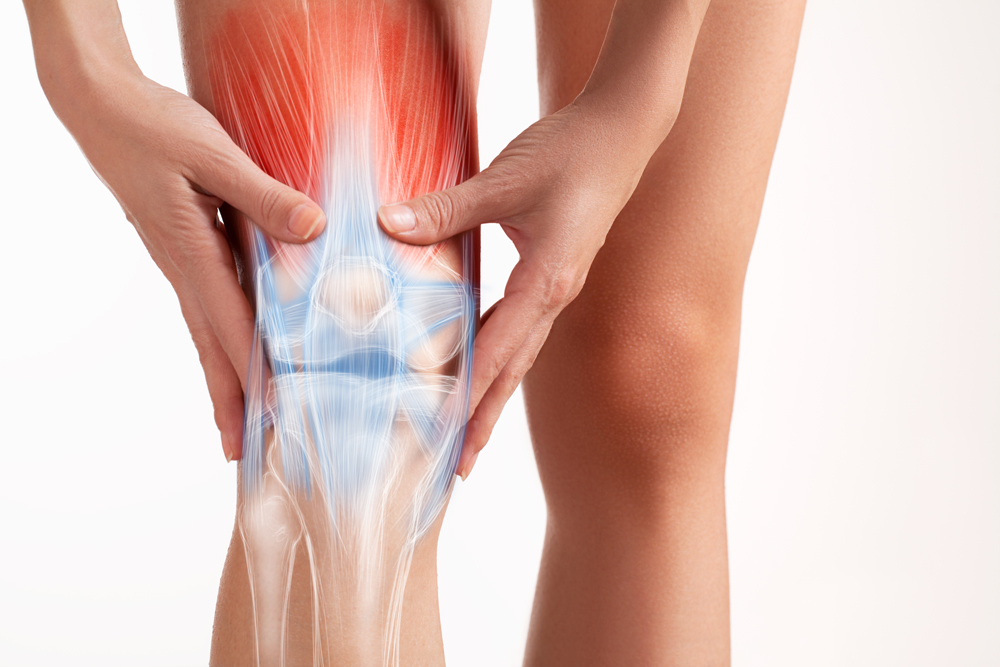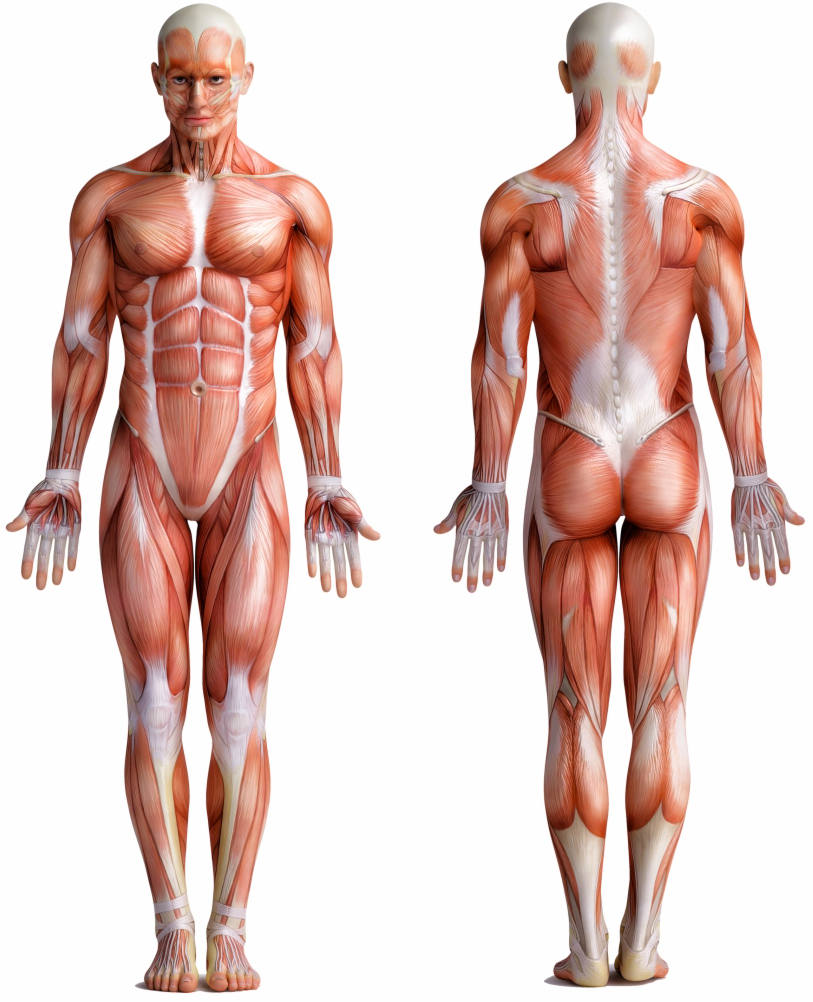-

-
About Us
- Our Vision
-
Personalized Care
Personalized Care Personalized Care Intro
Diagnostic Tests
- Digital X-Ray
- DynaROM
- 3D Body Scanning
- Gastrointentinal Health
- Organic Acids
- Comprehensive Stool Analysis
- Food Sensitivity
- Dietary Antigen Complete
- Endocrinology
- Thyroid Panel
- DUTCH Hormone Test
- Neurotransmitter Profile
- Adrenal Profile
- Nutritional Status
- Vitamin D
- Homocysteine
- Methylmalonic Acid
- Urine Iodine
- Organic Acids
- Copper Zinc Profile
- Essential Fatty Acid Profile
- RBC Metals & Minerals
- Toxic & Essential Elements
- RBC Elements
- Urine Toxic Metals
- Hair Metals & Minerals
- Urine Halides
Treatments
- Avacen Therapy
- Bioidentical Hormone Replacement Therapy (Anti-Aging)
- Chiropractic Care
- Electric Muscle & Nerve Stimulation
- Emsculpt Neo
- Emsella Treatment
- Erchonia Laser (Model EVRL)
- Exosomes
- Hair Restoration
- Headache & Migraine Treatment
- Hyaluronic Acid Injection
- Intersegmental Traction
- IV Nutrient Therapy
- Laser Lipo
- Massage Traction Chair
- PRP Facials
- PRP for Erectile Dysfunction
- PRP for Female Sexual Dysfunction
- PRP for Pain Relief
- PRP for Urinary Incontinence
- Semaglutide
- Shockwave Therapy for Cellulite & Skin Tightening
- Shockwave Therapy for Pain Relief
- Shockwave Therapy for Female Sexual Dysfunction
- Shockwave Therapy for Male Sexual Dysfunction
- Skin Rejuvenation
- Spinal Decompression
- TENS Unit
- Testosterone Replacement Therapy (TRT)
- Therapeutic Ultrasound
- Thyroid Care
- Trigger Point Therapy
- Durable Medical Equipment
- Ankle-foot Orthosis
- Cervical Rehab Coller
- Custom Foot Orthotics
- Lumbosacral Orthosis
- Osteoarthritis Knee Brace
- Wrist Brace
- FAQs
- Testimonials
- Pain Relief
- Weight Loss
-
Sexual Wellness
-
Anti-Aging
-
Resources
- Blog
- Video Library
- Store
-
Health Condition Library
Health Condition Library
- Ankle Osteoarthritis
- Bulging Spinal Disc
- Carpal Tunnel
- Cervical Degenerative Disc Disease
- Cervical Radiculopathy
- Elbow Bursitis
- Erectile Dysfunction
- Fatigue
- Female Hormone Imbalance
- Female Sexual Dysfunction
- Fibromyalgia
- Foot Arthritis
- Frozen Shoulder
- Golfer’s Elbow
- Hand Arthritis
- Headache
- Hip Bursitis
- Hip Osteoarthritis
- Hyperthyroidism
- Hypothyroidism
- Knee Bursitis
- Knee Osteoarthritis
- Low Testosterone
- Lumbar Degenerative Disc Disease
- Migraines
- Musculoskeletal Pain
- Obesity
- Osteoarthritis
- Plantar Fasciitis
- Plantar Fibroma
- Rotator Cuff Injury
- Sciatica Pain
- Shoulder Bursitis
- Shoulder Osteoarthritis
- Tennis Elbow
- Thoracic Degenerative Disc Disease
- Urinary Incontinence
- Weight Gain
- Wrist Arthritis
- Wrist Bursitis
- Contact
Understanding Knee Pain
Alternate Names: Knee pain is often referred to as knee discomfort, knee soreness, or knee ache. These terms are used interchangeably to describe the sensation of pain experienced in or around the knee joint.

Introduction:
Knee pain is a widespread complaint affecting people of all areas and ages. It can be caused by various factors and can significantly and negatively impact daily activities. In this article, we will delve into the intricacies of knee pain, exploring its alternate names, symptoms, causes, and multiple treatment options.
Symptoms:
Symptoms of knee pain vary depending on the underlying cause. Common symptoms include:
- Pain: The most obvious symptom of knee pain is the presence of discomfort or pain in the knee joint. The pain can range from mild to severe and may be accompanied by swelling or tenderness.
- Swelling: Inflammation and swelling around the knee joint are common symptoms of knee pain. This can make the knee appear larger than usual and may limit its range of motion.
- Stiffness: Individuals with knee pain often experience stiffness in the joint, making it difficult to bend or straighten the knee fully. This can lead to a decreased range of motion and difficulty performing daily activities.
- Instability: Some individuals may experience a feeling of instability or weakness in the knee joint. This can make it challenging to bear weight on the affected leg and may increase the risk of falls or injuries.
Causes:
Pain of the knees can be caused by various factors, including:
- Injuries: Traumatic injuries, such as ligament tears, meniscus tears, or fractures, can lead to knee pain. These injuries often occur due to some type of accident, such as a fall while playing sports.
- Overuse: Repetitive activities or excessive strain on the knee joint, such as running or jumping, can cause knee pain. This is commonly seen in individuals with physically demanding jobs.
- Arthritis: Various forms of arthritis, including osteoarthritis, rheumatoid arthritis, and gout, can cause knee pain. These conditions involve inflammation and degeneration of the joint, leading to pain and stiffness.
- Infections: In rare cases, infections can affect the knee joint, leading to pain, swelling, and redness. This requires immediate medical attention to prevent further complications.
Treatment Options:
Treatment options for knee pain vary and depend on the underlying cause and severity of the condition. Here are some common treatment approaches:
- Rehab Therapy: A combination of soft tissue releases, stretching, and exercise therapy can be designed to improve knee strength, flexibility, and range of motion. Additionally it may be recommended to use assistive devices, such as braces or orthotics, to provide additional support.
- Supplementation: Many natural supplements have been shown to help reduce pain and inflammation in the knee.
- PRP Injections: Platelet-rich plasma (PRP) treatment for knee pain is a regenerative therapy that aims to reduce pain and improve function in individuals suffering from knee osteoarthritis or other knee injuries. Here’s an overview of PRP treatment for knee pain:
- Preparation of PRP: PRP is derived from the patient’s own blood. During the procedure, a small amount of blood is drawn from the patient and then processed in a centrifuge machine to separate the platelet-rich plasma from other components of the blood.
- Injection: Once the PRP is prepared, it is injected directly into the affected knee joint under ultrasound guidance or fluoroscopy to ensure precise placement. The injection may be performed by a trained healthcare provider, such as an orthopedic surgeon or sports medicine specialist.
- Mechanism of Action: PRP contains a high concentration of platelets, which are rich in growth factors and other bioactive substances that promote tissue repair and regeneration. When injected into the knee joint, PRP stimulates the body’s natural healing processes, leading to tissue regeneration, decreased inflammation, and pain relief.
- Pain Relief: PRP treatment aims to alleviate knee pain by reducing inflammation, promoting the regeneration of damaged tissues (such as cartilage and ligaments), and improving the overall health of the knee joint. Many patients experience a gradual reduction in pain and improvement in function over several weeks to months following PRP treatment.
- Post-Treatment Care: After PRP treatment, patients may be advised to rest and avoid strenuous activities for a short period. Physical therapy and rehabilitation exercises may also be recommended to help strengthen the knee muscles and optimize outcomes.
- Shockwave therapy: Shockwave therapy, also known as extracorporeal shockwave therapy (ESWT), is a non-invasive treatment option for knee pain that utilizes high-energy shockwaves to stimulate healing and reduce pain. Here’s an overview of shockwave therapy for knee pain:
- Procedure: During shockwave therapy, a device delivers high-energy acoustic waves to the affected area of the knee. The waves are typically delivered through a handheld applicator that is placed on the skin over the painful area. The shockwaves penetrate the tissues and stimulate cellular repair processes, leading to tissue regeneration and pain relief.
- Mechanism of Action: Shockwave therapy works by inducing controlled microtrauma to the tissues in the knee, which triggers the body’s natural healing response. The shockwaves stimulate the production of growth factors, increase blood flow to the area, and promote the regeneration of damaged tissues, such as tendons, ligaments, and cartilage. Additionally, shockwave therapy may help disrupt pain signals and reduce inflammation in the knee joint.
- Treatment Sessions: A typical course of shockwave therapy for knee pain may involve multiple treatment sessions spaced over several weeks. The number of sessions and treatment frequency may vary depending on the severity of the condition and the individual response to therapy. Each treatment session usually lasts about 15 to 30 minutes, and patients may experience mild discomfort or tingling sensation during the procedure.
- Power Plate:
Power Plate is a brand of vibrating platform exercise equipment that has gained popularity for its potential benefits in improving muscle strength, flexibility, and circulation. While Power Plate exercises may offer certain advantages for overall fitness and rehabilitation, its effectiveness specifically for knee pain depends on several factors. Here’s how Power Plate may be used for knee pain:- Improved Muscle Strength and Stability: Power Plate exercises involve performing various movements, such as squats, lunges, and leg lifts, while standing on the vibrating platform. These exercises can help strengthen the muscles surrounding the knee joint, including the quadriceps, hamstrings, and calf muscles. Improved muscle strength and stability can provide better support to the knee joint and may help alleviate knee pain caused by muscle weakness or imbalance.
- Enhanced Joint Mobility and Flexibility: The vibrations produced by the Power Plate platform can stimulate muscle reflexes and increase blood flow to the muscles and joints. This may help improve joint mobility and flexibility, which can be beneficial for individuals with knee pain due to stiffness or reduced range of motion.
- Pain Relief and Relaxation: The gentle vibrations of the Power Plate platform can have a massage-like effect on the muscles and soft tissues surrounding the knee joint, promoting relaxation and reducing muscle tension. This may help alleviate pain and discomfort associated with knee pain, especially when used in conjunction with other pain management strategies.
- Low-Impact Exercise Option: Power Plate exercises are generally low-impact, making them suitable for individuals with knee pain who may find high-impact activities, such as running or jumping, too uncomfortable or challenging. The controlled vibrations of the Power Plate platform provide a gentle form of exercise that can be tailored to individual fitness levels and pain tolerance.
- Complementary Therapy: Power Plate exercises can complement other treatments for knee pain, such as physical therapy, strength training, and stretching exercises. Integrating Power Plate exercises into a comprehensive rehabilitation program may enhance the overall effectiveness of treatment and improve outcomes for individuals with knee pain.
- Hyaluronic acid: Hyaluronic acid injections, or viscosupplementation, are used to treat knee osteoarthritis by supplementing the natural lubricating properties of the synovial fluid. Administered directly into the knee joint, these injections aim to reduce pain, stiffness, and inflammation, improving joint function and mobility. While efficacy varies among individuals, hyaluronic acid injections are generally considered safe, with minimal side effects such as temporary pain or swelling at the injection site. They offer a conservative treatment option for managing knee pain associated with osteoarthritis.
Conclusion:
Knee pain is a widespread condition that can significantly impact quality of life. By understanding its causes, symptoms, and treatment options, individuals can take proactive steps to manage and alleviate knee pain. It is advisable to consult with a healthcare professional for a precise diagnosis and personalized treatment plan.








